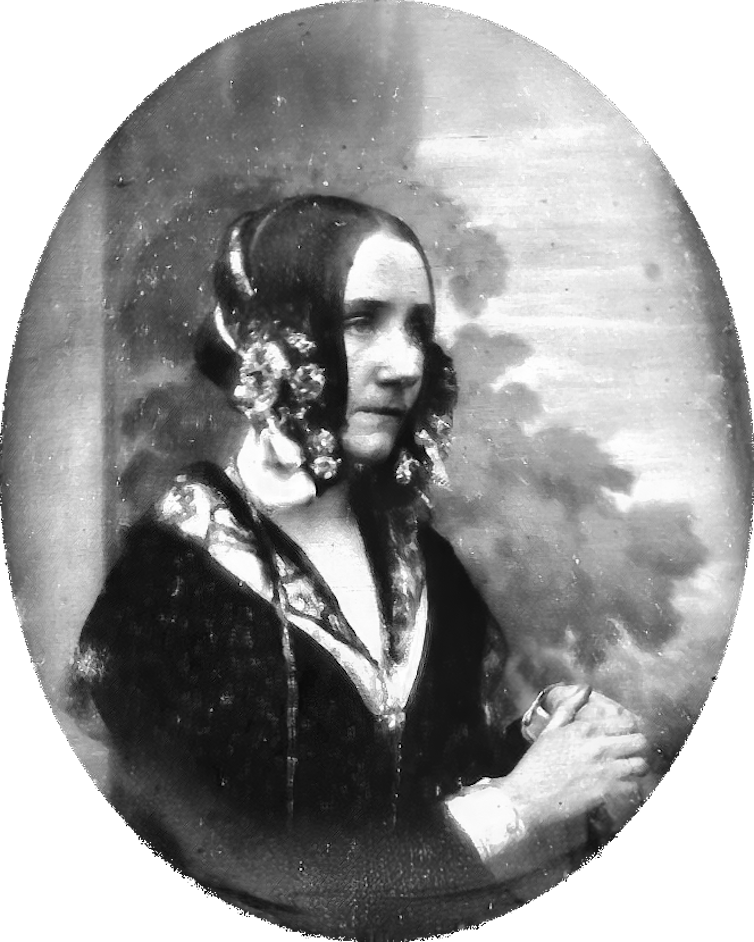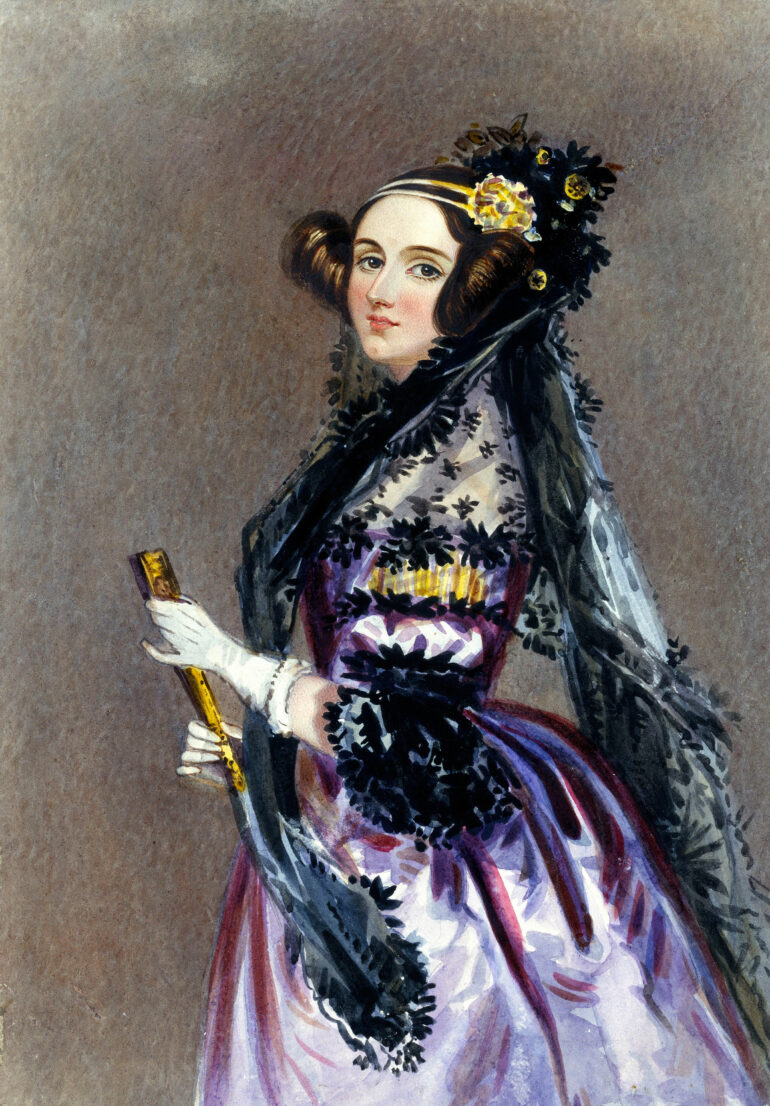Ada Lovelace, known as the first computer programmer, was born on Dec. 10, 1815, more than a century before digital electronic computers were developed.
Lovelace has been hailed as a model for girls in science, technology, engineering and math (STEM). A dozen biographies for young audiences were published for the 200th anniversary of her birth in 2015. And in 2018, The New York Times added hers as one of the first “missing obituaries” of women at the rise of the #MeToo movement.
But Lovelace – properly Ada King, Countess of Lovelace after her marriage – drew on many different fields for her innovative work, including languages, music and needlecraft, in addition to mathematical logic. Recognizing that her well-rounded education enabled her to accomplish work that was well ahead of her time, she can be a model for all students, not just girls.
Lovelace was the daughter of the scandal-ridden romantic poet George Gordon Byron, aka Lord Byron, and his highly educated and strictly religious wife Anne Isabella Noel Byron, known as Lady Byron. Lovelace’s parents separated shortly after her birth. At a time when women were not allowed to own property and had few legal rights, her mother managed to secure custody of her daughter.
Growing up in a privileged aristocratic family, Lovelace was educated by home tutors, as was common for girls like her. She received lessons in French and Italian, music and in suitable handicrafts such as embroidery. Less common for a girl in her time, she also studied math. Lovelace continued to work with math tutors into her adult life, and she eventually corresponded with mathematician and logician Augustus De Morgan at London University about symbolic logic.

A rare photograph of Ada Lovelace.
Daguerreotype by Antoine Claudet via Wikimedia
Lovelace’s algorithm
Lovelace drew on all of these lessons when she wrote her computer program – in reality, it was a set of instructions for a mechanical calculator that had been built only in parts.
The computer in question was the Analytical Engine designed by mathematician, philosopher and inventor Charles Babbage. Lovelace had met Babbage when she was introduced to London society. The two related to each other over their shared love for mathematics and fascination for mechanical calculation. By the early 1840s, Babbage had won and lost government funding for a mathematical calculator, fallen out with the skilled craftsman building the precision parts for his machine, and was close to giving up on his project. At this point, Lovelace stepped in as an advocate.
To make Babbage’s calculator known to a British audience, Lovelace proposed to translate into English an article that described the Analytical Engine. The article was written in French by the Italian mathematician Luigi Menabrea and published in a Swiss journal. Scholars believe that Babbage encouraged her to add notes of her own….



